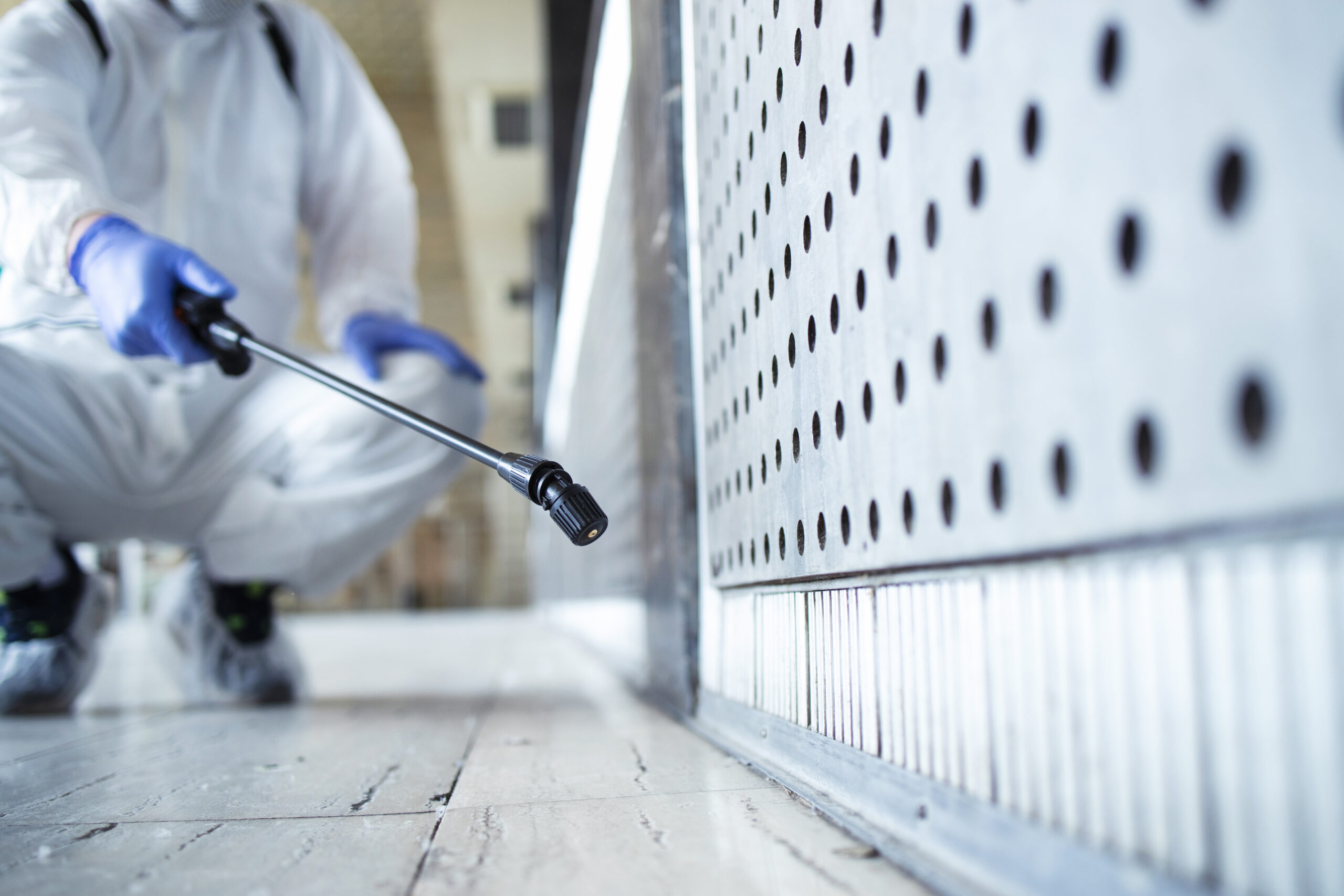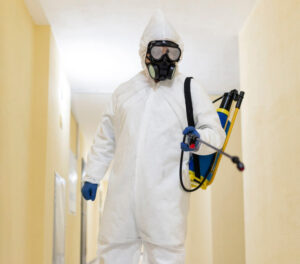How Do People Get Mold in Their Homes? Understanding the Causes and How to Prevent ItMold is something most people want to avoid, yet it’s more common in households than many realize. Whether it’s a damp basement or a hidden spot in your bathroom, mold can thrive in areas where moisture is present. Understanding how mold forms and the key factors that contribute to its growth can help you protect your home and health.
What Exactly is Mold?
Mold is a type of fungus that can grow on almost any surface, provided the conditions are right. It spreads by releasing tiny spores into the air that can land anywhere and start the process of growth when they find moisture. Although mold is often invisible at first, it can quickly become a problem once it takes hold.
The Common Causes of Mold Growth
- High Humidity
Mold thrives in environments where the humidity levels are high. In areas with high moisture, like bathrooms, kitchens, and basements, mold can easily find the perfect breeding ground. The moisture in the air can settle on surfaces and provide enough water for mold spores to start multiplying. - Water Leaks
Leaky roofs, broken pipes, or poorly sealed windows can introduce excess moisture into your home. Even small leaks can create ideal conditions for mold to grow if they go unnoticed or aren’t addressed right away. Water damage can be a hidden culprit, creating damp environments in walls, ceilings, or floors. - Flooding
When a home experiences flooding, the potential for mold growth increases dramatically. Water can seep into areas where it’s difficult to reach or detect, like under floorboards or inside walls. If these areas aren’t dried out within 24-48 hours, mold is likely to begin forming. - Poor Ventilation
Lack of airflow in certain parts of your home, such as basements or attics, can trap moisture. Rooms that are sealed tightly without proper ventilation can easily become humid, especially if you have appliances that generate moisture, such as clothes dryers or dishwashers. Proper ventilation helps to keep moisture levels in check, reducing the risk of mold growth. - Condensation
When warm, moist air meets cold surfaces like windows or pipes, condensation forms. This moisture can create an environment where mold can grow, especially in areas with high humidity. You might see condensation on windows or walls, especially during the colder months. - Organic Materials
Mold feeds on organic materials, including wood, paper, drywall, and even fabrics. If there’s moisture present, these materials become an ideal source of nourishment for mold spores. Water-damaged items are particularly vulnerable and should be replaced or cleaned thoroughly.
How Mold Can Affect Your Health
While mold is most commonly associated with unsightly patches on walls and ceilings, its effects go beyond aesthetics. Mold spores can trigger allergies, asthma, and respiratory issues. Prolonged exposure to mold can lead to more severe health problems, particularly for individuals with weakened immune systems or pre-existing conditions.
Common symptoms of mold exposure include:
- Coughing
- Sneezing
- Itchy or watery eyes
- Skin irritation
- Headaches
If you or anyone in your household experiences these symptoms, it’s important to address mold issues immediately.
Preventing Mold in Your Home
Preventing mold starts with reducing moisture levels and maintaining good airflow. Here are some key tips to help you keep mold at bay:
- Fix Leaks Quickly: Repair any leaky pipes, roofs, or windows immediately to prevent water from accumulating.
- Control Humidity: Use dehumidifiers in damp areas, especially in basements, bathrooms, and kitchens. Keep humidity levels between 30-50% to discourage mold growth.
- Improve Ventilation: Ensure that rooms are properly ventilated, particularly areas where moisture accumulates. Use exhaust fans in the bathroom and kitchen to remove excess moisture.
- Dry Wet Areas Promptly: If you spill water or experience water damage, dry the area as quickly as possible. Avoid leaving wet clothing, carpets, or towels in humid spaces.
- Inspect Your Home Regularly: Regularly check for signs of mold or moisture problems, especially after heavy rain or storms.
- Maintain Gutters: Keep your gutters clean and clear to prevent water from overflowing and seeping into your home.
Conclusion
Mold is a common problem, but it’s one that can be managed with the right precautions. By understanding the causes of mold growth—like high humidity, water leaks, and poor ventilation—you can take steps to keep your home mold-free and protect your health. Regular maintenance, repairs, and moisture control are key to preventing mold and ensuring a healthy living environment.
If you do find mold in your home, it’s best to act quickly, either by cleaning small areas yourself or contacting a professional if the problem is more widespread.



